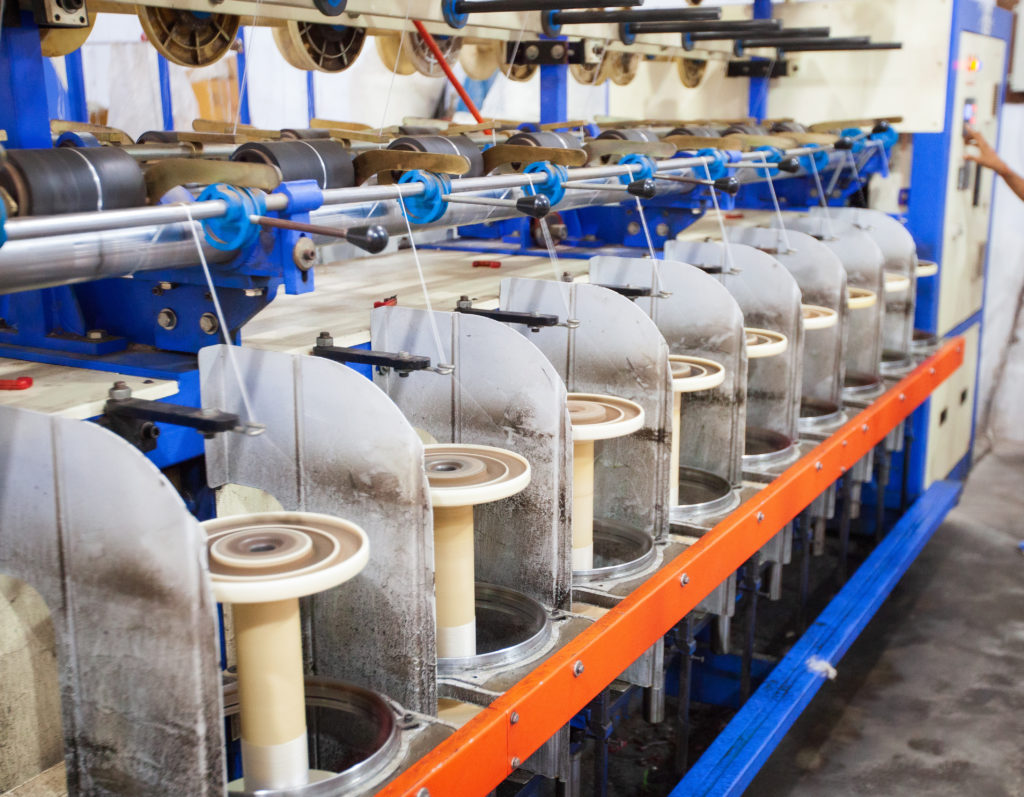The manufacturing sector, historically a cornerstone of economic prosperity, is going through a transformation. As we navigate the intricacies of this evolution, data is our compass.
Industry professionals grapple with sourcing specialized talent, particularly on a geography-specific basis. They’re also navigating complex supply chain dynamics, which require both regional and global considerations, and are affected by disruptions and economic fluctuations.
There’s also a pressing need to balance operational challenges with long-term strategic growth, all while integrating technological advancements and ensuring optimal production processes.
Since 2021, BluWave has seen an increase from 61.3 percent of manufacturing activity in value creation (versus due diligence) to 78.6 percent – the highest it’s been since 2017.
Let’s dive into some of the trends driving this and other changes.
The Talent Conundrum in Manufacturing
The manufacturing landscape is shifting, and with it, the demand for specialized talent. A staggering 74 percent of manufacturers cite “attracting and retaining a quality workforce” as a top challenge, according to the National Association of Manufacturers. As the manufacturing sector becomes more specialized, the demand for niche talent has skyrocketed.
Human capital activity is at an all-time high within the manufacturing activity index, accounting for 45.5 percent of all industry projects in 2023. That’s a more-than 500 percent increase since 2017, due to use cases like interim executive searches and specialized recruiters.
Beyond the numbers, there’s a qualitative challenge, too. It’s not just about filling positions but hiring visionaries who can lead in an era of rapid change while balancing granular details with a broader strategic perspective.
In the face of these challenges, manufacturers are seeking partnerships with specialized firms, emphasizing the importance of regional expertise and industry-specific knowledge. The goal is to secure leaders who can drive innovation and navigate the complexities of the modern manufacturing world.

Navigating the Supply Chain Labyrinth
Supply chain disruptions have become the bane of the manufacturing sector, with 45 percent of professionals identifying it as a top challenge, per NAM. The intricate dance of sourcing raw materials, managing inventory and ensuring timely deliveries has become even more complex.
Supply chain management is one of the top use cases BluWave sees within manufacturing operations, with make up more than 18 percent of industry activity.
Effective supply chain management is no longer just about logistics; it’s about ensuring a seamless flow of materials, information and services, all while mitigating risks.
Supply chains have evolved into intricate global networks. Data indicates that disruptions, whether due to geopolitical tensions or unforeseen global events, can have cascading effects. Manufacturers are now tasked with not just managing but optimizing these complex systems, ensuring resilience and adaptability.
The emphasis is shifting from reactive measures to proactive strategies. By leveraging data analytics and predictive modeling, manufacturers can anticipate disruptions, adjust in real-time and ensure that the supply chain remains a strength rather than a vulnerability.
Economic Realities: The Balancing Act
In a world where 56 percent of manufacturers (per NAM) are wary of a “weaker domestic economy,” economic agility is paramount. Manufacturers must be adept at navigating economic headwinds while capitalizing on opportunities. The insights from BluWave’s client interactions reveal concerns ranging from revenue challenges to market dynamics.
That makes agility paramount. With fluctuating markets and the ever-present specter of global events, manufacturers are in a constant state of adaptation.
By understanding market trends and leveraging data-driven insights, manufacturers can identify growth areas, optimize production and ensure they remain at the forefront of industry innovation.
READ MORE: Industrial Pricing: Strategies for Manufacturing Businesses
The Digital Transformation: Beyond the Buzz
The future is digital. A significant 43 percent of manufacturers planned to ramp up their technology spending in 2023, according to Alithya. From optimizing operations to strategic decision-making, technology is reshaping the manufacturing landscape. The emphasis on IT strategy and diligence in client interactions underscores the sector’s tech-driven trajectory. Manufacturers that fail to embrace this digital shift risk being left behind.
Among the top technology-related manufacturing use cases we’re seeing are system selection & implementation, and IT strategy and diligence.
Successful digital transformation, however, requires a holistic approach. It’s not just about technology but about aligning organizational goals, processes and culture with these digital initiatives. Manufacturers must ensure that their teams are equipped with the skills and knowledge to leverage these tools effectively, driving both efficiency and innovation.
READ MORE: Manufacturing Equipment Financing: Machine Loans, Leases
Growth in the Face of Uncertainty
Growth remains a top priority for manufacturers, but it’s a goal fraught with challenges. Data highlights the importance of strategic expansion, ensuring that growth is sustainable and aligned with broader market trends. In an era of uncertainty, it’s not just about growing but growing smartly.
Strategic partnerships play a crucial role in this growth narrative. By collaborating with experts, whether in technology, supply chain management, or market research, manufacturers can tap into specialized knowledge, ensuring their growth strategies are both data-driven and future-focused.
The manufacturing sector is at a crossroads, shaped by technological innovations, economic challenges, and global trends. But with challenges come opportunities. By leveraging data-driven insights and forging strategic partnerships, manufacturers can navigate this complex landscape, driving growth and innovation.
For a deeper exploration of how data-driven insights can shape your manufacturing journey, reach out to our team.


